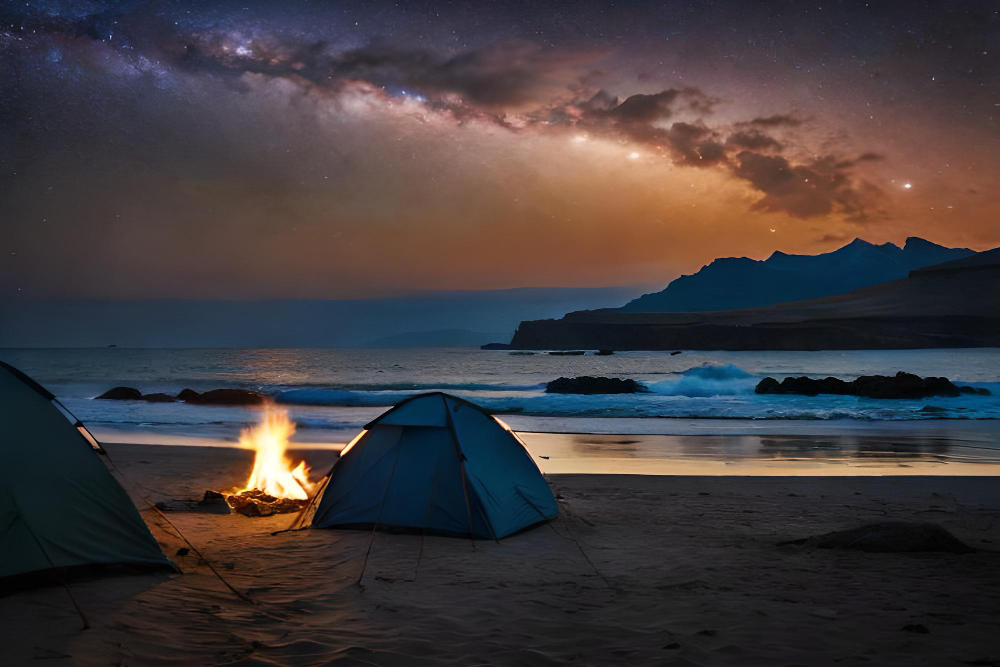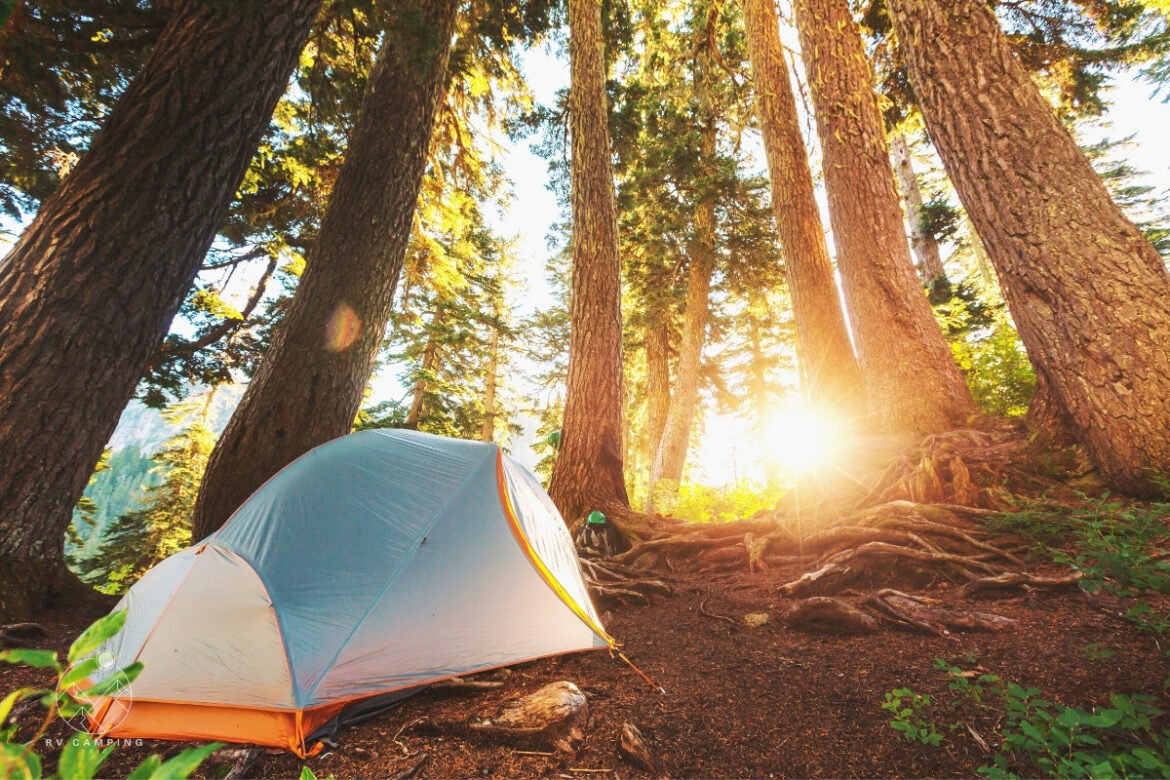Did you know backpacking tents are smaller than traditional camping tents?
Not to mention, a backpacking tent is one of the most basic—most essential—pieces of hiking gear. The tent offers you a place to stay warm and dry, as well as protects you from animals and insects.
Therefore, it’s important to do your research and consider all of your variables before choosing a backpacking tent.

What type of tent is best for backpacking?
Tent Weight and Size
Tents placed next to cars in campgrounds have different qualities than those needed in trekking tents. The primary difference is that a hiking tent must be portable and light because it will be carried by the user.
While a large family camping tent can weigh twenty pounds or more, the majority of contemporary two-person tents weigh only four to five pounds. Solo or single individual tents are ideal if you’re trekking alone and can weigh as little as three pounds.
Most experts suggest going up one person when searching for a tent in order to maximize your comfort. For example, if you’re camping solo, grab a 2-person tent to give you more space inside.
However, dividing the gear and taking a two person tent usually works out better weight wise if you are hiking with a companion.
Tent Quality
When backpacking, the tent’s quality is especially crucial because there is typically nowhere dry to go if it starts to leak. Cheap bargain store tents should only be used if the weather forecast calls for clear skies, however a high quality tent is not required.
Being tired, wet, and cold knowing the next dry place is at least ten miles away on a rocky trail will quickly put a damper on what should be an enjoyable outdoor experience.
Clips and Sleeves
There are two common ways that tent poles are attached to the tent. One is using sleeves that the poles slide through and the other is using clips that latch over the poles.
Some tents even use a combination of clips and sleeves. In general, clip based designs are easier and faster to set up, while sleeve based designs are stronger and can be easily repaired with a needle and thread right at the camp site.
For most conditions, I believe the clips are plenty strong and are generally better because of how quickly they allow the tent to be set up and dismantled.
Free Standing and Staked Designs
Free-standing tents appear to be the standard now. Their main benefit is that they don’t need to be staked into the ground to be set up.
Even though stakes are typically not required to be driven deeply into the ground, they are nonetheless necessary to prevent the tent from blowing around.
While staked tents are often a little bit lighter than free standing tents, they must be firmly anchored into the ground in order to maintain their shape.

Single Wall and Double Wall Construction
Double wall tents are tents that require a separate rain fly to keep out water. Although they are slightly heavier than their single walled counterparts and take a bit longer to set up, they are generally less expensive, warmer, and hold up better in wet conditions.
While the lower weight specifications and small packing size of the single wall tents make them attractive, the double wall tents are generally a better deal economically.
Three Season and Four Season Specifications
Three-season tents are simply that—tents made for camping in the spring, summer, and fall. Winter backpacking is not as popular as the other three seasons, hence three season tents make up the great bulk of tent sales.
Four-season tents are bigger, heavier, and more difficult to carry because they are made of heavier materials to withstand the winter weather. If you want to camp early in the spring or late in the fall, some manufacturers offer a 3+ season tent.
However, unless you have explicit plans to camp in the winter, a three season tent is more than sufficient without adding excessive bulk and weight.
Vestibules
If you don’t have room to keep your shoes in the tent with you, vestibules are a great place to keep them dry and yet outside the main tent. Some vestibules provide enough of an overhang to allow the screen or even the door to be open during the rain.
Personally, I like being dry inside the tent and experiencing the breeze from a storm. Although they are a nice luxury, most people probably don’t think the vestibule is worth the weight.
Conclusions
While different individuals will select different tents based on various factors, understanding the fundamentals differences between tents can help you pick the tent design that fits your hiking style and conditions.





